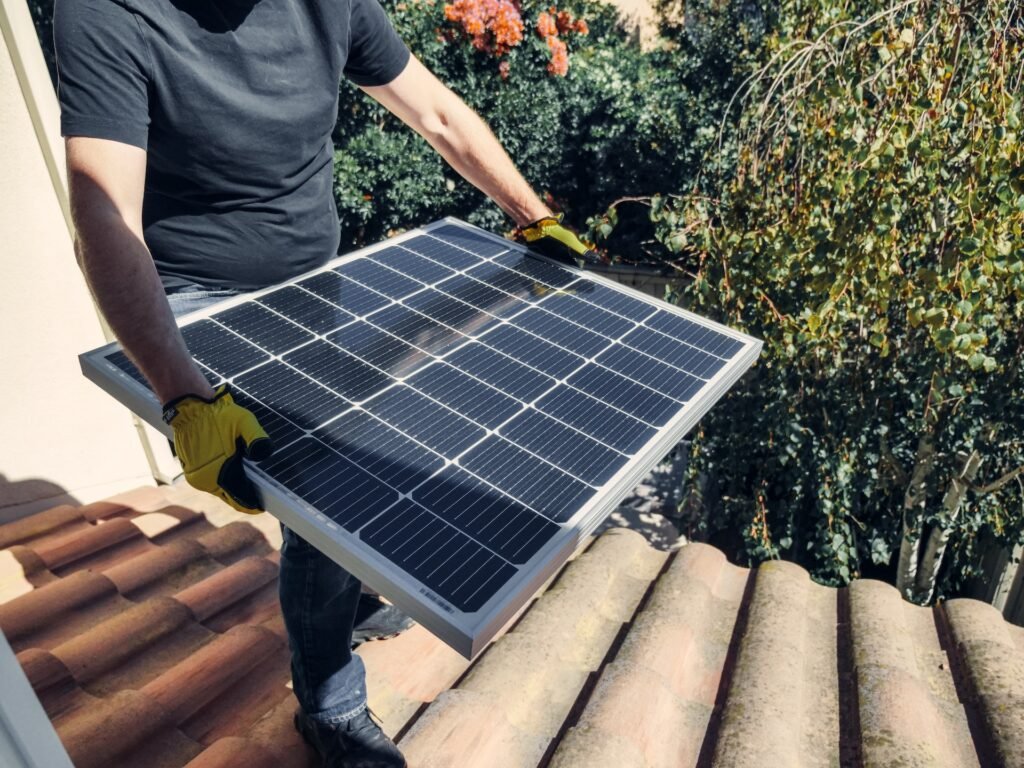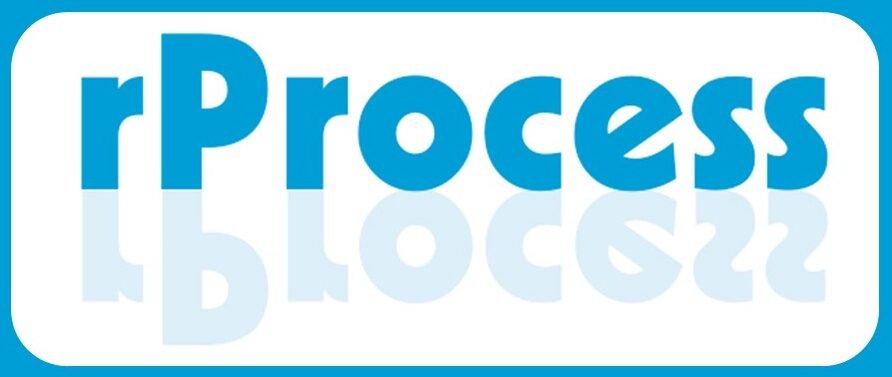
Solar micro inverters are compact units that attach directly to each solar module to make the entire solar power system more productive, reliable, and competent than a system with a central “string” inverter. Solar micro inverters operate at an overall efficiency of more than 96%, converting power at the module level instead of at the array level. This allows micro inverter PV systems to generate up to 16% more energy yield when compared to a string inverter.
Micro inverters are particularly good at reducing shading problems on solar panels. A common issue with many rooftops, shading from overhanging trees or nearby buildings can dramatically reduce a PV system’s power production. Micro inverters significantly reduce this power loss by managing each PV module individually.
Other benefits of micro inverters are as follows: –
- There is a single point of failure in a system with a traditional central string inverter. This means that even a simple issue with the inverter will halt solar production completely, potentially causing a loss of power. In contrast, placing one micro inverter per module provides a highly reliable power optimizer and source of solar output. If one of the micro inverters fails, the rest continue to operate.
- In addition, using micro inverters can be an intelligent way to avoid reduced production due to sunlight obstructions. From cloudy days and snow to dirt and debris, obstructions on your solar panels can be expected from time to time. However, micro inverters allow each solar panel to operate independently (versus limiting the production to the weakest solar module like a central string inverter would).
- Finally, micro inverters offer an individual solar panel performance monitoring capability you might not have even considered. You’ll gain the ability to compare the performance of each panel versus only having access to the performance of the system as a whole. This can be a significant benefit when it comes time to service equipment because you can rapidly pinpoint a single panel’s (or micro inverter’s) failure without diagnosing the entire system.
Micro inverters can be utilized with virtually any setup, though there are specific scenarios in which this option is most beneficial. You may want to consider solar micro inverters versus a centralized string inverter if:
- You have a complex solar installation, such as panels facing different directions or at varying angles.
- There is marginal shading in the area where your panels will be mounted.
- You want to maximize efficiency independently.
How to select the correct microinverter for the system?
As you browse micro inverters, a few key characteristics can help you narrow down your options:
- Efficiency level: Micro inverters have varying levels of efficiency, just like your solar panels. The efficiency level measures how much energy is lost during the DC to AC conversion (in the form of heat). The less lost energy, the better. High-efficiency micro inverters generally contribute to improved system efficiencies, which boosts your solar production and maximizes the return on investment.
- Size: There are different wattage sizes of micro inverters, each one intended to be paired with the specific wattage of the panels in the system.
- Price: Determining how much a micro inverter costs depends on various features. Remember that even though a micro inverter is usually a more significant up-front investment, the increased efficiency can pay off in the long run.
Click here to get in touch with us to know more.
